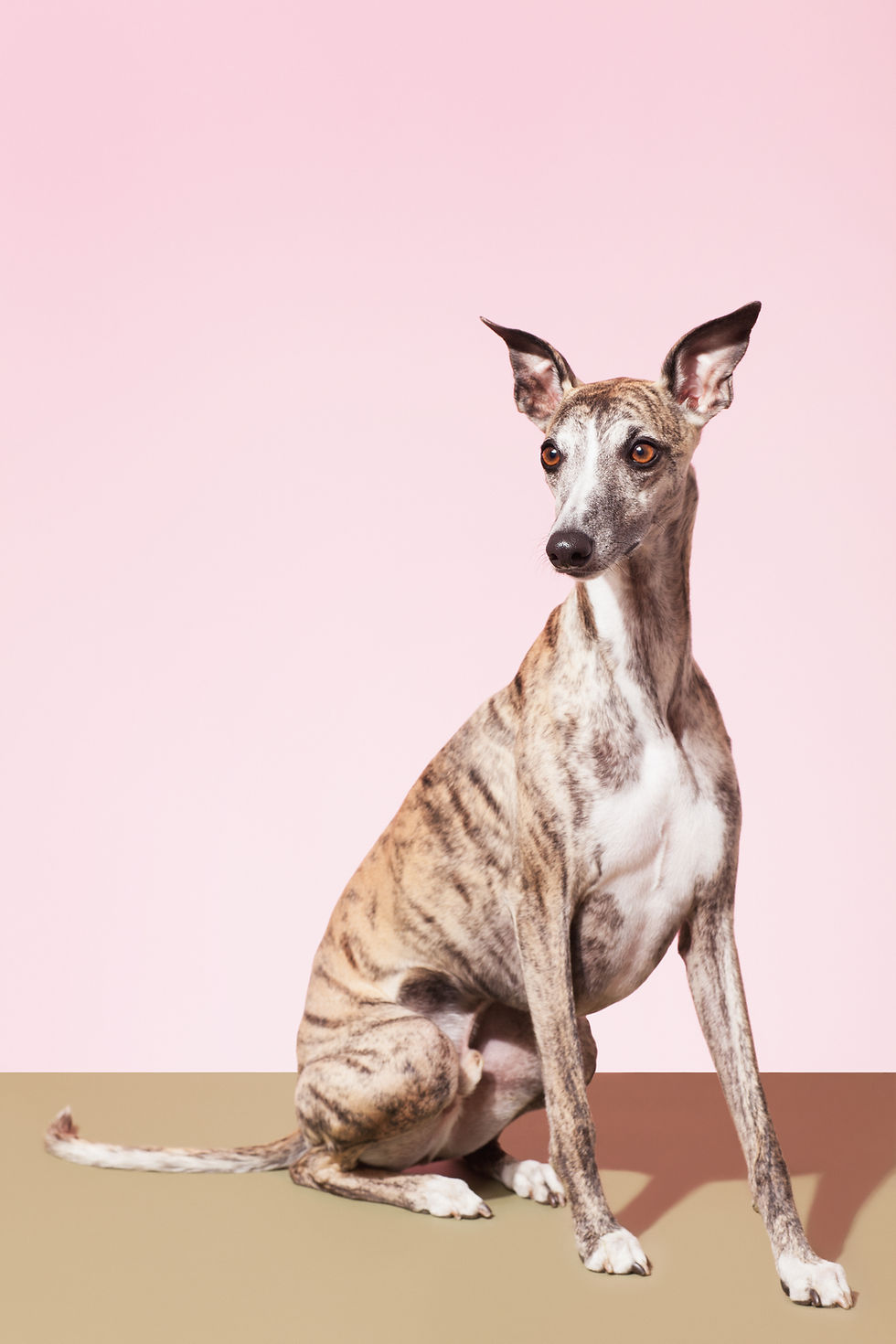The Arctic Has Lost More Than 75% Of It's Sea Ice Coverage And Could Be Completely Free Of Sea I
- Jennifer J

- Sep 19, 2018
- 2 min read

One of the effects of Global Warming is disappearing sea ice, something which is apparent in the Arctic. The Arctic has lost sea ice at an alarming and very fast pace. More than 75% of the Arctic's sea ice has been lost since the 1980s, which shows the rapid pace at which Global Warming is changing our planet.
If the projections of the Arctic sea ice melting completely by 2020 to 2040 are correct; then it would create many changes to our World.
Changing Landscape Of The Arctic
One of the ways that it will change things, is through changing the Arctic's landscape. The landscape would become one free of ice, and milder in temperature. It could change the Arctic beyond all recognition.
The Arctics changing landscape would affect wildlife there.
Changes To Arctic Wildlife
One of the profound changes that are happening to the Arctic, is not just the melting ice and changing landscape; but also the effect that that is having on the Arctic's wildlife. All of the Arctic's wildlife depends on sea ice for their survival. A good example of this is polar bears. Without the sea ice, polar bears cannot hunt and live. There is already evidence that Climate Change is affecting animals such as polar bears in the Arctic.
In just December last year, video footage showed a dying polar bear. The polar bear can be seen in the footage looking for food. The very thin polar bear is an example of Climate Change; the lack of food available to Arctic animals is already becoming apparent. When sea ice melts, the animals cannot hunt for the food they need to survive.
You can see footage of the polar bear below.
The footage of the polar bear sparked headlines because it is a shocking and rare sighting of Climate Change (today). But that will change. In the next 20 years as more sea ice disappears, this heartbreaking footage will likely become more common. Our pollution of the planet is even reaching places on the Earth where most humans have never set foot.
The Sixth Extinction In The Arctic
Climate Change is threatening the existence of wildlife in the Arctic.
Polar Bears are classed as 'Vulnerable' to extinction; there is an estimated population of 20,000 to 25,000 polar bears in the wild. A new report out earlier this year showed that polar bears could face extinction earlier than thought. Climate Change is starving polar bears to extinction.
There are other wild animals that are unique to the Arctic which also face extinction due to Global Warming. Some of the animals threatened are the Arctic Fox, the Narwhal, Bearded Seal, Ringed Seal and the Walrus. All of them could become exciting with melting sea ice and a changing landscape. That landscape could change very quickly and within our lifetime. With Climate Change, the Arctic could be free of ice for the first time in 100,000 years.



Comments